Nikon D90 digital SLR Review
Nikon D90 digital SLR
Nikon’s new pro-sumer digital SLR is the first to include HD video capability.
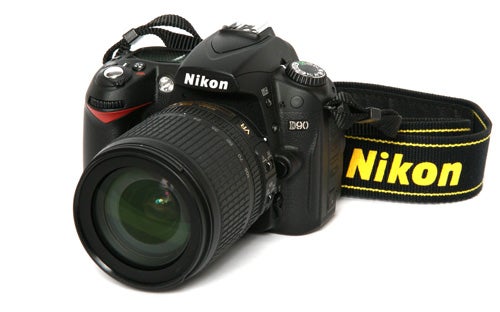
Verdict
Key Specifications
- Review Price: £585.00
It’s a week short of two years since I reviewed the Nikon D80, at the time Nikon’s top consumer digital SLR. I was very impressed by its superb build quality, creative versatility and excellent image quality, giving it 9/10 and a Recommended award. However all good things must come to an end, and the D80 has now been superseded by Nikon’s new consumer DSLR, named with mathematical predictability the D90.
The new camera builds upon the D80’s outstanding design, with a virtually identical body and control layout. The overall dimensions are exactly the same at 132 x 103 x 77 mm, but the D90 is significantly heavier, weighing 620g body-only against the D80’s 585g. 
Although it has many similarities to its predecessor, the D90 adds a number of new features including some from Nikon’s professional DLSRs, and others that are currently unique. The sensor is upgraded to a newly-designed 23.6 x 15.8mm DX format CMOS sensor with a resolution of 12.3 megapixels and built-in sensor cleaning, the LCD monitor is the same incredibly sharp 3.0-inch, 920k unit from the D3 and D300, and it has a new viewfinder with 96 percent frame coverage.
As you’re probably aware if you’ve read this far, the D90’s main claim to fame is that it is the world’s first digital SLR to feature video shooting capability, in high-definition 1280 x 720 pixel resolution at 24 frames a second with mono audio. However this isn’t the D90’s only unique feature, beacuse it also has GPS location logging via an optional external satellite receiver which slots onto the flash hot-shoe. I’m hoping to take a look at this gadget when it is launched next week.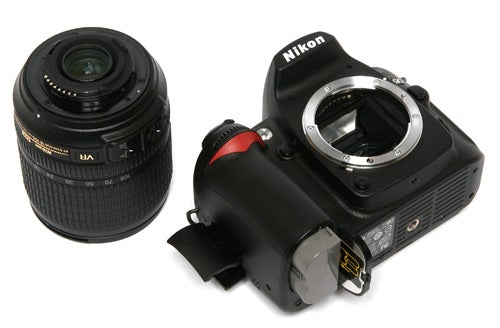
The D90 is available in a kit with another new product, the AF-S DX Nikkor 18-105mm F/3.5-5.6G ED zoom lens, and it is this kit that I’m reviewing today. As a kit the camera and lens are currently selling for around £720, or around £585 body only, which makes it quite an expensive camera for most hobby photographers. For comparison, you can get a Sony Alpha A350 in a two-lens kit with an 18-70mm and a 55-200mm for around £540, the Canon EOS 450D with both an 18-55mm and a 55-250mm zoom lens for around £620, the Olympus E-520 with a 14-42mm and 70-300mm lens for around £680, or a Pentax K20D with 18-55mm and 50-200mm lenses for just under £700.
The initial impression of the D90 is overwhelmingly favourable. It feels extremely sturdy and the build quality is certainly up to Nikon’s usual exemplary standard. It’s quite a heavy camera for a hobby DSLR, weighing 145g more than the EOS 450D or the Olympus E520, and 38g more than the Sony A350, although it is lighter than the Pentax K20D. With the 18-105mm lens fitted it’s even heavier of course, tipping the scales at a hefty 1080g. The large rubberised grip does provide a secure handhold, but if I’m honest the balance feels a little off to me, with the lens pulling the camera down and left.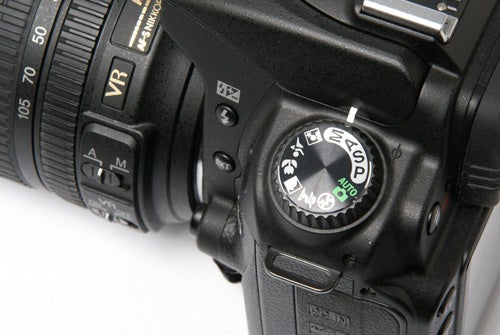
The control layout is, as I’ve mentioned, very similar to the D80, but with a few slight changes. The four-way D-pad now sports an “OK” button in the middle, and above it is a new button to activate the Live View mode. A couple of the top panel buttons are a different shape, and the main shooting mode dial now has an extra setting for the “Auto with no flash” mode, but other than that the two cameras look almost identical. Like the D80 the D90 has a large LCD display panel on the top, with a manually activated backlight, and like all Nikon DSLRs it has two adjustment wheels, one under the forefinger and one under the thumb, for altering exposure settings.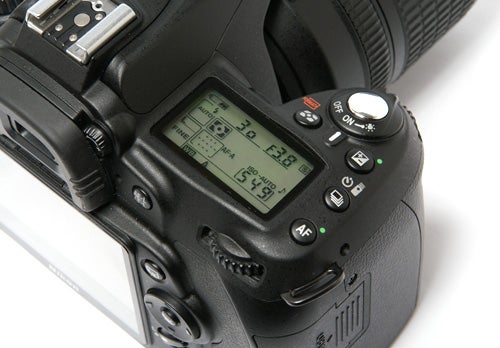
The menu system has undergone a complete overhaul, and is now home to more custom functions and creative options than anyone could feasibly need. In an effort to appeal to a wide audience, the D90 features an extensive selection of in-camera retouching options, including D-lighting, red-eye correction, cropping rotating and re-sizing, filter effects, colour balance, multi-image composites and Raw processing options, among others. As well as this there is a huge list of custom functions, allowing you to set the camera up just as you like it. It certainly offers a greater level of control and customisation than any comparable semi-pro camera; in fact it is more akin to the D300 and D3 in this respect.
As far as I’m concerned, the jury’s still out on whether or not live monitor view is a big selling point on a DSLR. Certainly it has its uses, mostly in the studio with the camera mounted on a tripod, but I think it’s of limited use for day-to-day shooting. As with most live-view DSLRs, the D90 cannot use its main autofocus system in this mode, and is limited to a simple contrast-detection AF system, similar to that found on most compact cameras. Consequently in live view mode, focusing in lower light conditions is very slow, hunting backward and forward for several seconds before achieving focus. It does have the option of face detection and two different-sized focus points, but it’s still not as good as a camera like this deserves.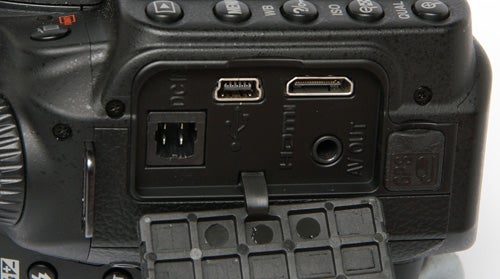
By contrast, when shooting using the viewfinder the main Multi-CAM 1000 11-point AF system with 3D tracking is superb, focusing quickly and accurately in almost any lighting conditions, and tracking even fast-moving subjects very reliably. It is certainly one of the best AF systems on a consumer DSLR. The viewfinder itself is very good, with a large bright screen and clearly marked AF points, and none of the tunnel-like appearance of some other APS-C sized DSLRs.
One of the D90’s most useful features, although somewhat overshadowed by the bells and whistles of live view and the video mode, is Active D-Lighting. This selectively adjusts the exposure of different areas of the image, helping to prevent burned-out highlights and featureless black shadows, and increasing the effective dynamic range of the camera. This feature is found on several other Nikon model, including some compacts, but on the D90 it gets five different levels as well as an automatic mode. It works extremely well, and on my test shot of an underground car park both the brightly lit exterior and the shadows under the stairs have plenty of detail.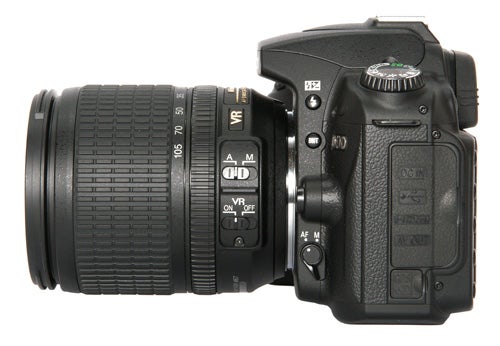
The much talked-about video mode has its good points, but also some serious limitations. On the plus side, the video quality is extremely good. Shooting in the maximum 1280 x 720 high-definition mode at 24 frames per second the quality is comparable with a dedicated HD camcorder, and the ability to use the zoom lens is very useful. Shooting high resolution video through a top quality long telephoto lens could be very useful for wildlife filming or bird watching, with the camera mounted on a tripod, but unfortunately there is one major drawback when using it hand-held. There is no autofocus available in video mode, which means you have operate the focus ring on the lens barrel while at the same time trying to hold the camera steady and frame the shot. As I’ve noted, the D90 is quite heavy, and its balance when fitted with the 18-105mm lens means that taking a steady shot needs a two-handed grip, and the same is true when shooting video. This makes it almost impossible to shoot steady, in-focus shots of moving subjects.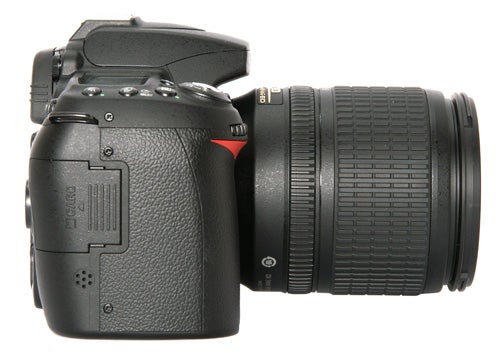
While many people seem convinced that there must be some sort of convergence between still and video photography, and that this camera is a step down the right road, I have to say that I disagree. As with all tools that have developed and evolved over time, the form of a camera follows its function. Video and still cameras are different shapes because they have been developed to do different jobs, and the shape of an SLR camera, or indeed most compact cameras, is not particularly well suited to video shooting. Camcorders, and even more so professional-quality video cameras, are the shape they are for a reason, and to expect an SLR do the same job seems to me to be rather foolish. I’m not saying that DSLRs shouldn’t have video modes, and indeed I’m sure that other manufacturers will follow Nikon’s lead and nearly all of next year’s models will have this ability, but I can’t see it being more than a gimmick, or at best a sort of bonus extra feature. I certainly wouldn’t pay extra for it.
Anyway, rant over, let’s get back to the review. In all other respects, the D90’s performance is excellent. It starts up almost instantly (approximately 0.15 seconds), focuses quickly and reliably in almost all lighting conditions, has negligible shutter lag (approx. 0.65ms), and has a good fast shooting speed. It can shoot at an impressive 4.5fps in all modes, including Raw+JPEG Fine mode, although I did find that with some SDHC memory cards the shooting speed was a little erratic.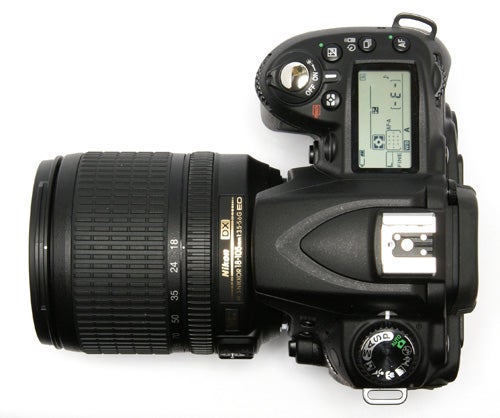
In terms of image quality the results were generally very good. The level of overall detail is very close to matching the performance of the D300, although that camera’s 14bit A/D conversion gives it the edge in colour depth, contrast and general sharpness. I also found that the exposure meter produced slightly varied results in low light, with repeated exposures under similar lighting conditions varying by around half a stop either way.
Image noise generally well controlled, and low-ISO images are clean and sharp, but it is a problem on longer exposures, with shots over 1/10th of a second at 200 ISO showing some image noise and uneven colour reproduction. 200 ISO is the D90’s lowest normal sensitivity setting, and 3200 ISO the highest, although it can shoot as low as100 ISO and as high as 6400 in extended ISO mode. However results at the higher end of the scale are not good, at least in JPEG mode, with copious amounts of noise including some hot pixels. However hand-processing the shots in Raw mode produced noticeably better results, especially at the middle ISO settings.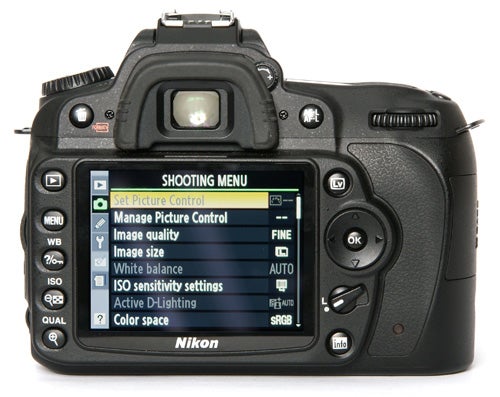
”’Verdict”’
The Nikon D90 is a logical progression from the D80, and covers the middle ground between the consumer models like the D40X and the new D60, and the professional models like the D300 and the D700. It has the creative versatility, performance and quality to appeal to semi-professionals and advanced hobbyists, while the scene modes, live view and the video mode will appeal to gadget lovers and the more casual user who wants a good all-rounder.
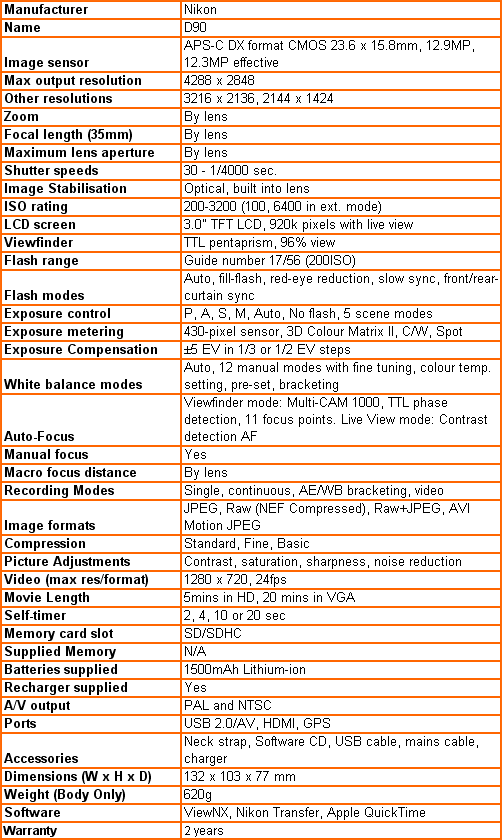
”Over the next few pages we show a range of test shots. On this page the full size image at the minimum and maximum ISO settings have been reduced to let you see the full image, and a series of full resolution crops have taken from original images at a range of ISO settings to show the overall image quality. These ISO test images are shot indoors using reflected natural light for maximum consistency. ”
—-
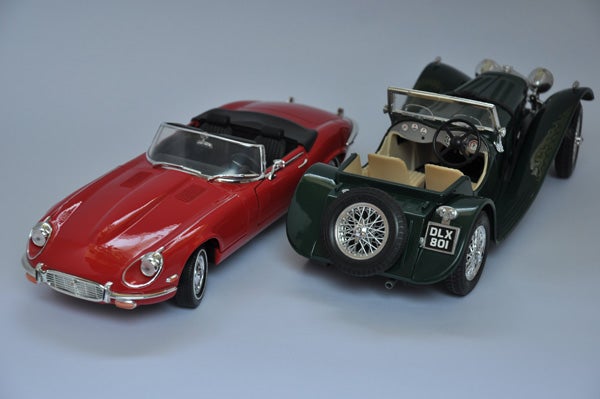
Theis is the full frame at 100 ISO.
—-
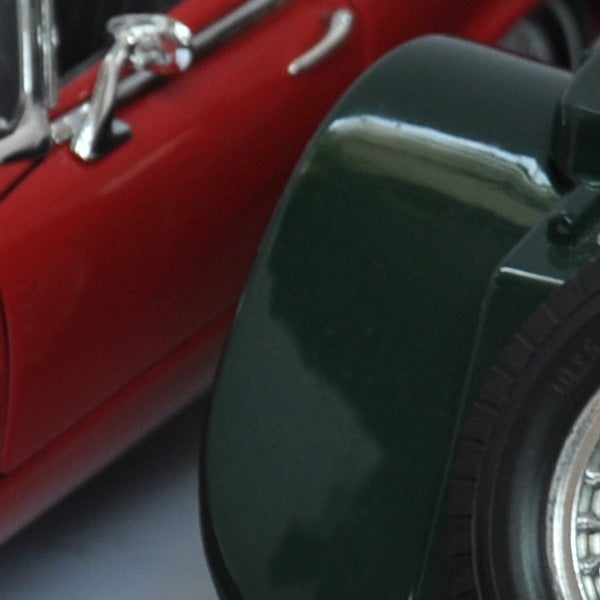
At the lowest ISO setting, images are clear, sharp and noise-free.
—-
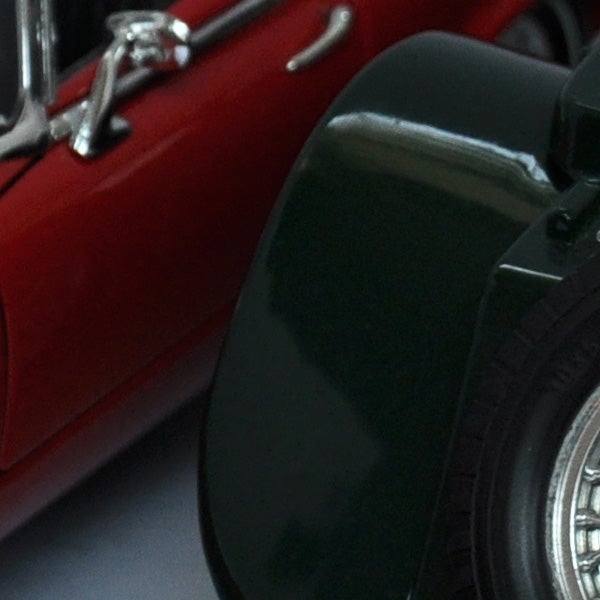
A little image noise is visible at 200 ISO, and the exposure meter has under-exposed the shot by around one stop.
—-
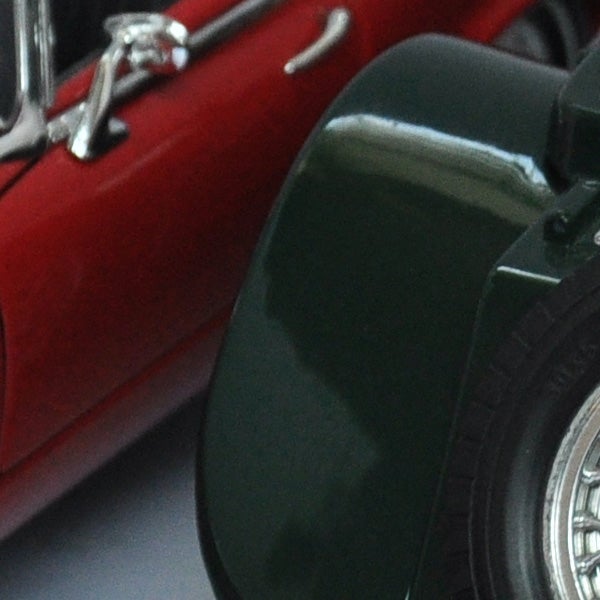
Slightly more noise is visible at 400 ISO.
—-
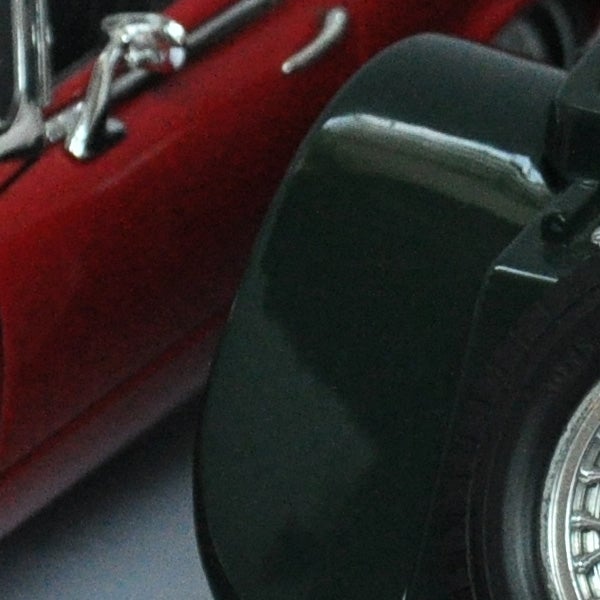
The red channel is starting to look very blotchy at 800 ISO.
—-
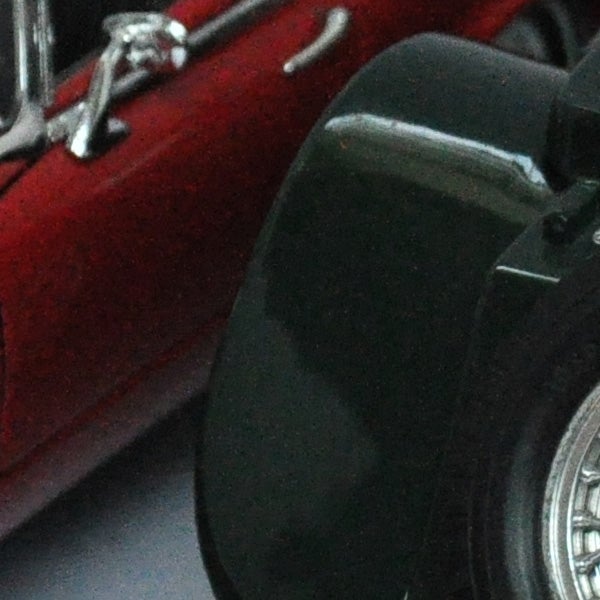
Noise is becoming a problem at 1600 ISO.
—-
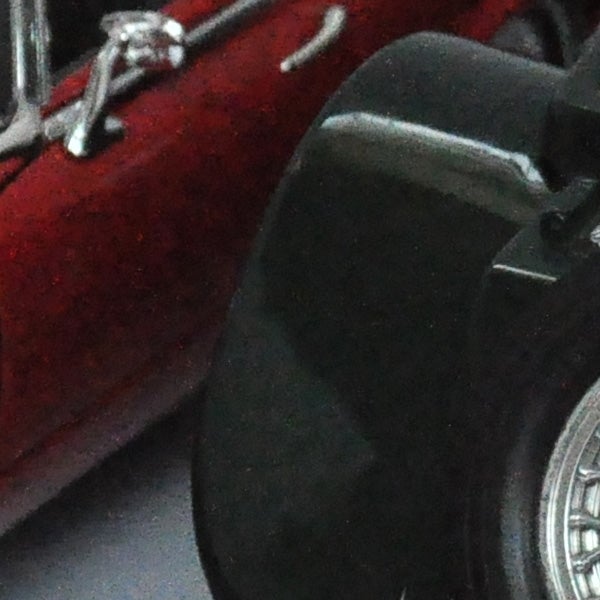
3200 ISO is normally the maximum setting.
—-
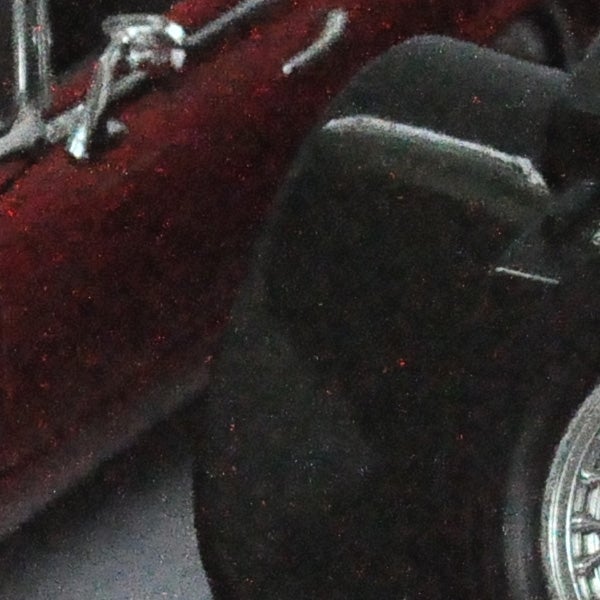
6400 ISO is available in extended mode.
—-
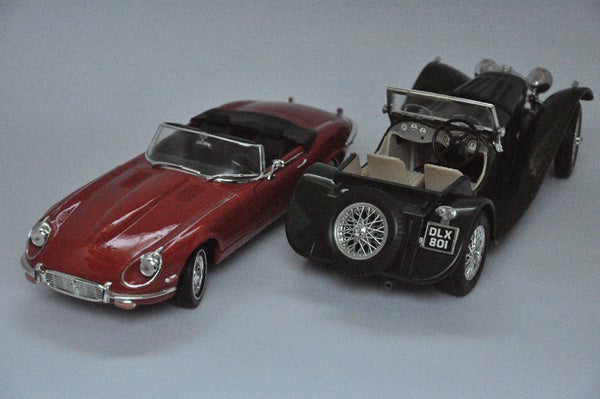
This is the full frame at 6400 ISO.
—-
”A range of general test shots are shown over the next two pages. In some cases, the full size image has been reduced for bandwidth purposes, and a crop taken from the original full resolution image has been placed below it to show the overall image quality. Some other pictures may be clicked to view the original full-size image. ”
—-
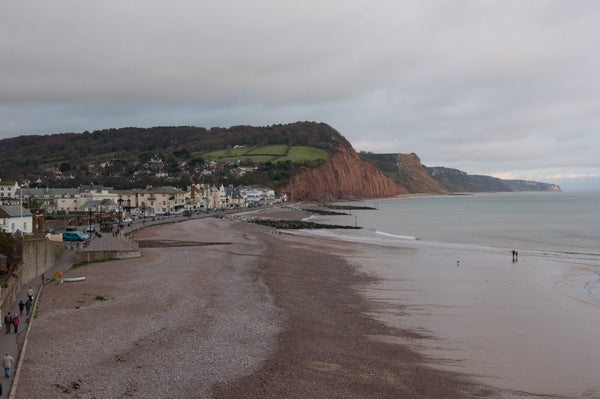
Here’s a shot I haven’t taken in a while. This isn’t under-exposure, it was a really gloomy day in Sidmouth.
—-
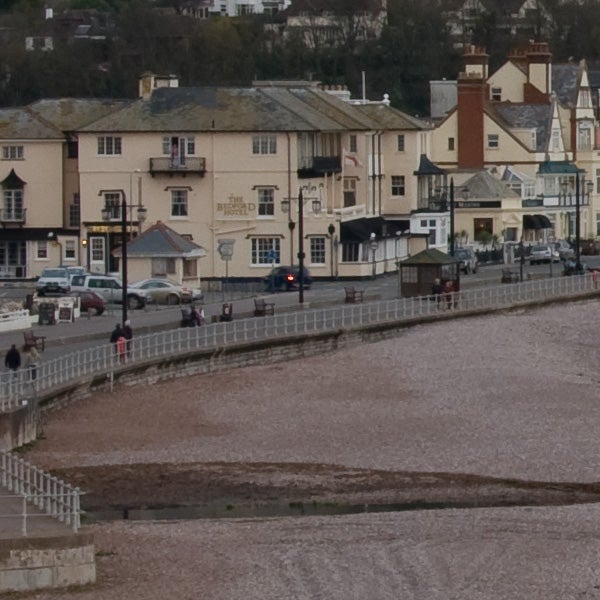
The level of detail is close to that of the Nikon D300 which has the same resolution.
—-
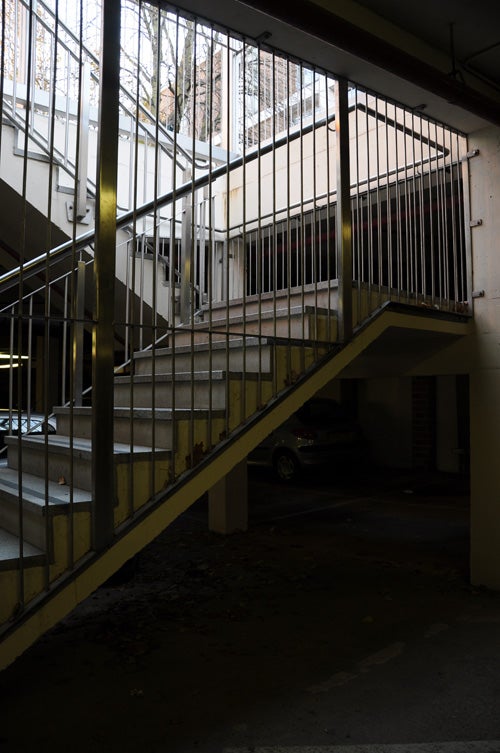
With the Active D-Lighting switched off, the shadows lack detail.
—-
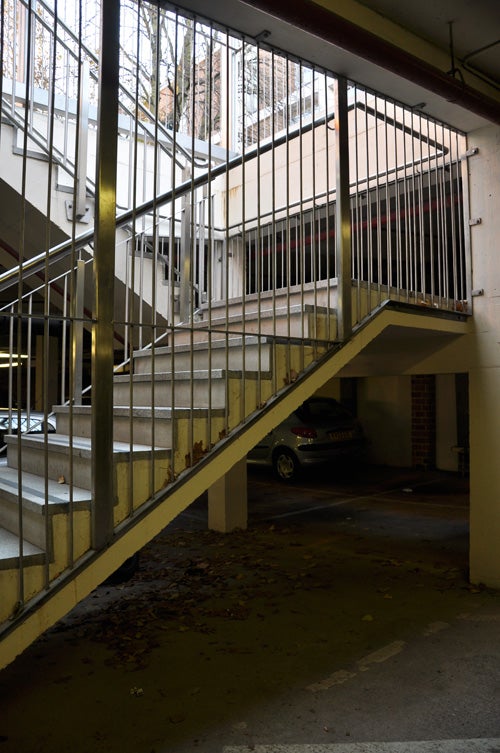
There are five levels of D-Lighting adjustment. This is the strongest setting.
—-
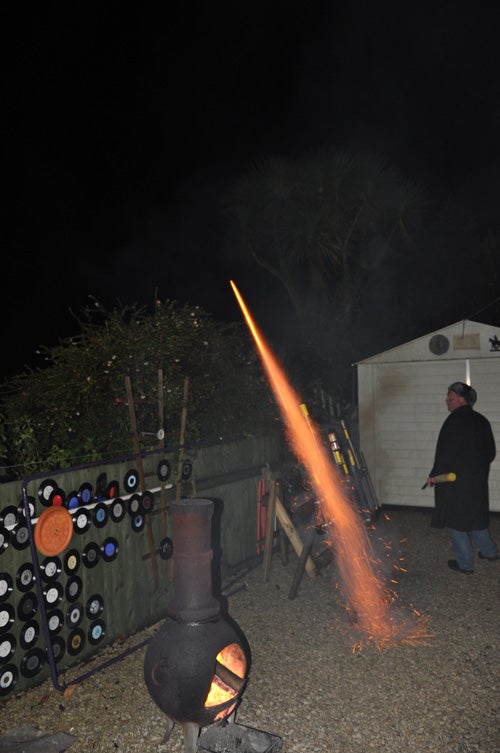
The built-in flash is very powerful.
—-
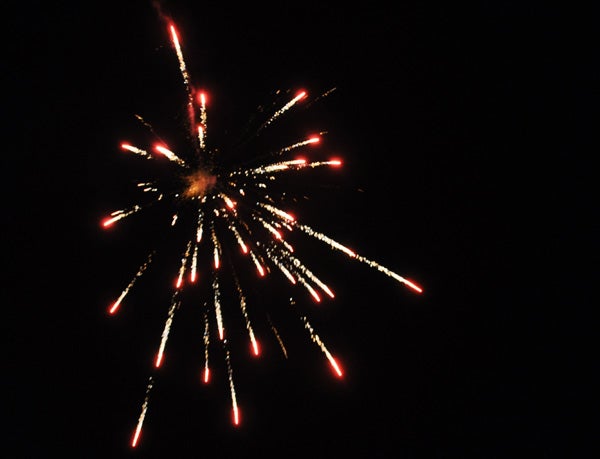
The fast shutter response is good for captureing action shots.
—-
”A range of general test shots are shown over the next two pages.”
—-
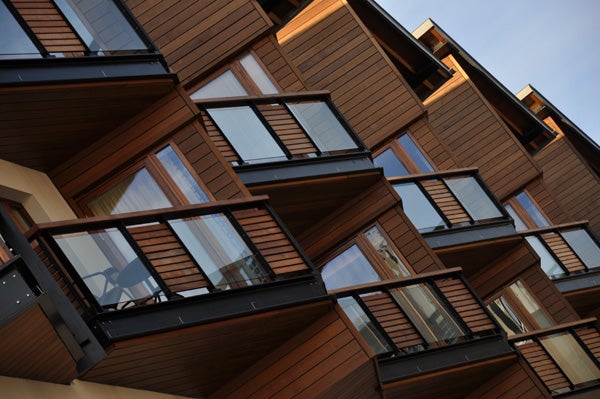
The 18-105mm lens provides a good zoom range for creative shots.
—-
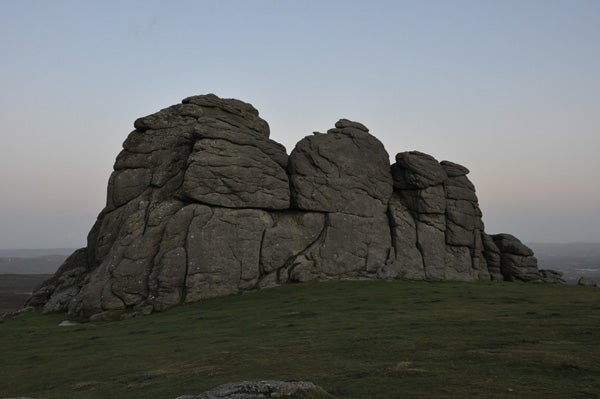
This is Haytor on Dartmoor. The low angled lighting really brings out the texture.
—-
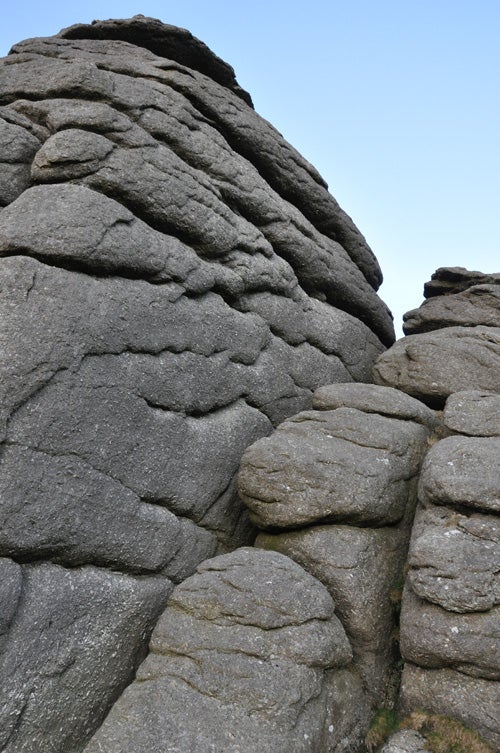
Another view of Haytor.
—-
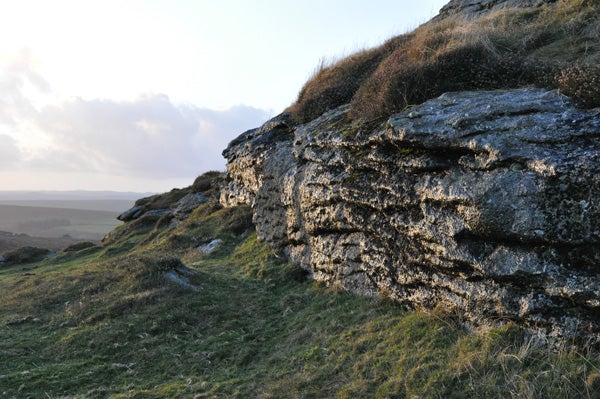
This is a rock near Haytor. I liked the way the light glinted on the quartz fragments on the surface.
—-
””A range of general test shots are shown on this page.”
—-
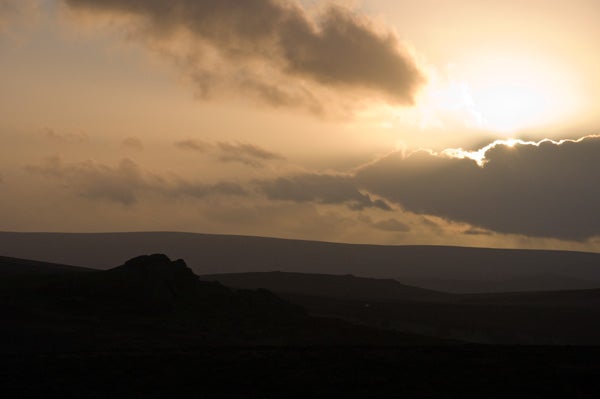
This shot was taken in Raw mode, and then the exposure was tweaked later to get it just right.
—-
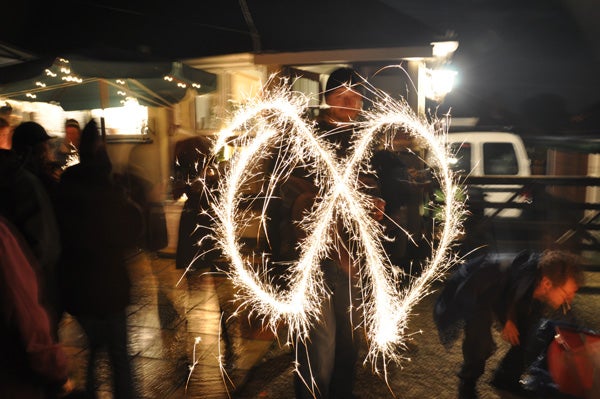
The autofocus system copes well with low light and moving subjects.
—-
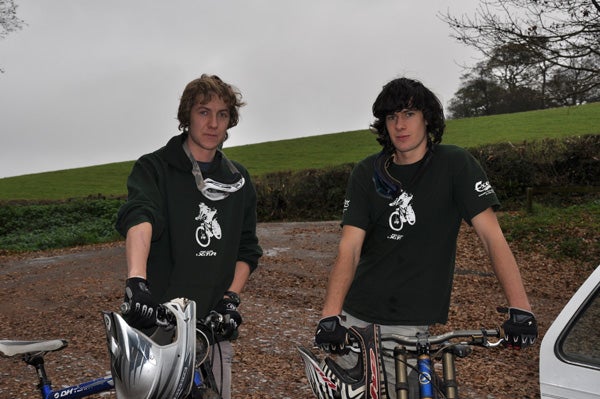
These are the two guys from the video clip, who were kind enough to volunteer their time. I’m afraid I neglected to get their names, but they are from Exeter University Bike Club. Thanks very much for your help!
—-
Trusted Score
Score in detail
-
Value 8
-
Image Quality 9
-
Build Quality 10
Features
| Camera type | Digital SLR |
| Megapixels (Megapixel) | 12.3 Megapixel |
| Optical Zoom (Times) | By lensx |

